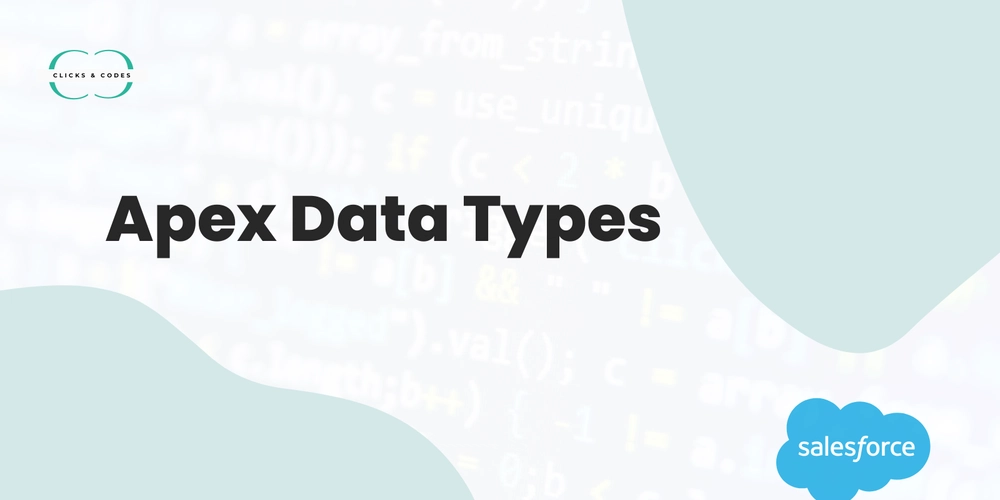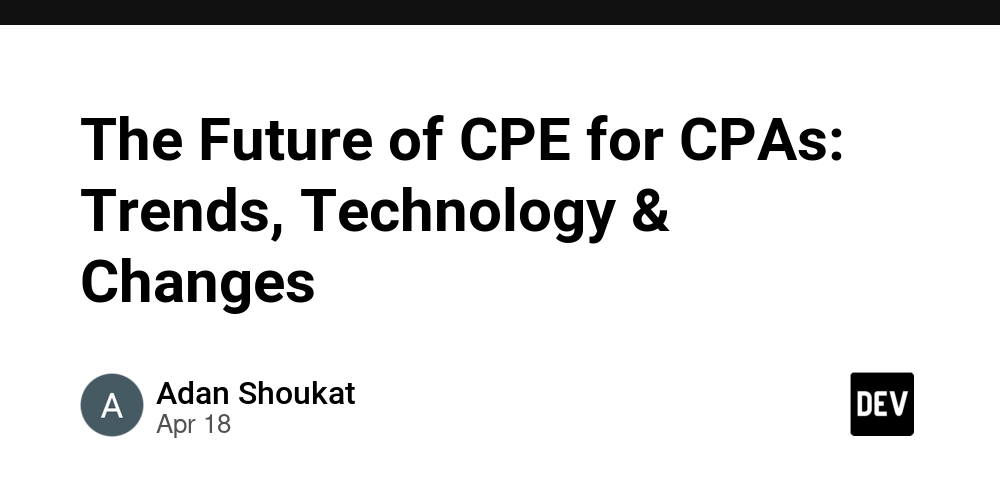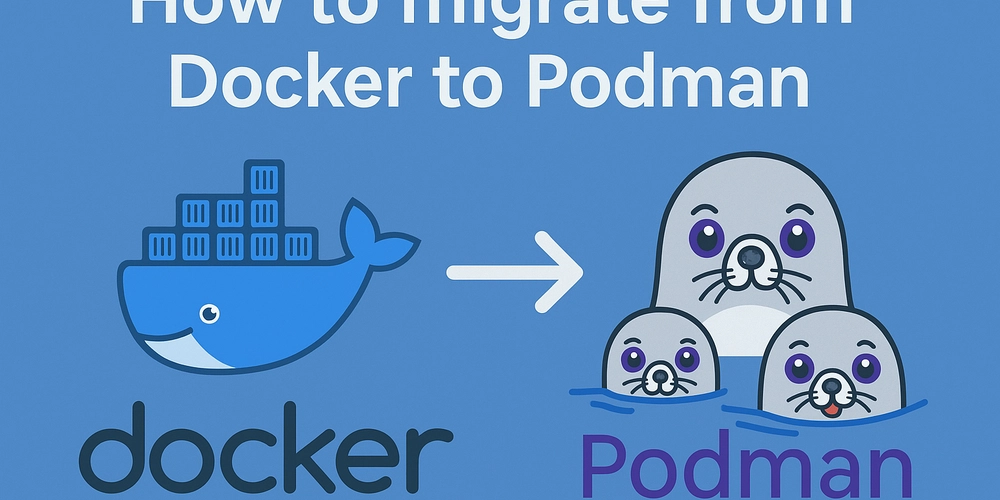Scaling Ethereum with Arbitrum: Transforming Blockchain Scalability for a Decentralized Future
Abstract: This post explores the transformative role of Arbitrum in scaling Ethereum. We delve into Arbitrum’s background, its core technical concepts—including optimistic rollups, EVM compatibility, and network upgrades—and how these features drive real-world applications from DeFi protocols to NFT marketplaces. We also examine the key challenges, limitations, and future innovations that will shape the evolution of blockchain scalability. With carefully integrated links, tables, and bullet lists, this comprehensive guide provides a technical yet accessible analysis for developers, enterprises, and blockchain enthusiasts alike. Introduction As blockchain technology continues to grow, scalability remains one of the most pressing challenges—especially for platforms like Ethereum that power decentralized applications (dApps) and smart contracts. Arbitrum has emerged as one of the most compelling Layer 2 solutions, offering an innovative approach to offloading the transaction burden from the main Ethereum chain while preserving its security. This post will provide an in-depth look at how Arbitrum is transforming blockchain scalability, making decentralized futures more feasible and accessible. By employing techniques like optimistic rollups, enhanced EVM compatibility, and continuous network upgrades (such as the celebrated Nitro Upgrade), Arbitrum significantly reduces gas fees and improves transaction speeds. Whether you are an enterprise seeking scalable blockchain solutions or an independent developer looking to innovate without high costs, Arbitrum offers a pathway toward a more efficient decentralized ecosystem. Background and Context Ethereum has long been celebrated for its pioneering work in smart contracts and dApps. However, its limitations—such as processing roughly 15 transactions per second (TPS)—have spurred the development of several Layer 2 scaling solutions. Among these, Arbitrum stands out due to its unique design and robust infrastructure. Historical Challenges with Ethereum Ethereum’s current network congestion and rising gas prices are well-documented challenges. The inherent design of Ethereum, while secure and decentralized, cannot efficiently handle the high transaction volumes demanded by modern dApps and DeFi protocols. As a result, developers and users have turned their attention to scaling solutions, and Arbitrum has rapidly gained traction within this arena. The Rise of Layer 2 Solutions Layer 2 solutions are protocols built on top of a blockchain (such as Ethereum) to improve transaction throughput and reduce energy consumption. Arbitrum achieves scalability by moving most transaction processing off-chain. Its optimistic rollup model bundles transactions and only interacts with Ethereum’s mainnet for data availability and dispute resolution. This approach enables thousands of transactions per second while sharply reducing costs. Ecosystem Context In the larger blockchain ecosystem, interoperability and seamless data exchange are becoming increasingly important. Arbitrum’s integration with platforms like What is Blockchain? provides developers with a familiar environment. Meanwhile, its ongoing network upgrades keep the system robust and adaptable. As enterprises and decentralized projects continue to explore blockchain applications—from decentralized finance to digital art—Arbitrum’s scalable framework is positioning it as a cornerstone for future developments. Core Concepts and Features Arbitrum's design is built on several key technical principles that set it apart from other scaling solutions. In this section, we will delve into these core concepts and illustrate how they contribute to a more efficient and cost-effective blockchain. 1. Optimistic Rollups Optimistic Rollups are at the heart of Arbitrum’s technology. Their primary function is to bundle multiple transactions off-chain while using the Ethereum mainnet for security and dispute resolution. How It Works: Transaction Aggregation: Multiple transactions are grouped into a single batch. Off-Chain Execution: The transactions are executed off-chain, significantly reducing the on-chain computational load. On-Chain Commitment: A compressed version of the transaction data is periodically submitted to Ethereum. Fraud Proofs: If any validator suspects a fraudulent transaction, the mechanism allows for a challenge that triggers an on-chain dispute resolution. For more details, read about Arbitrum Rollups. 2. EVM Compatibility One of Arbitrum’s unique advantages is its EVM (Ethereum Virtual Machine) compatibility. This means developers can deploy existing Ethereum-based dApps on Arbitrum with little or no modifications. The benefits include: Ease of Migration: Developers can port their dApps without completely rearchitecting codebases. Lower Learning Curve: Familiar Ethereum tools and languages (like Solidity) con
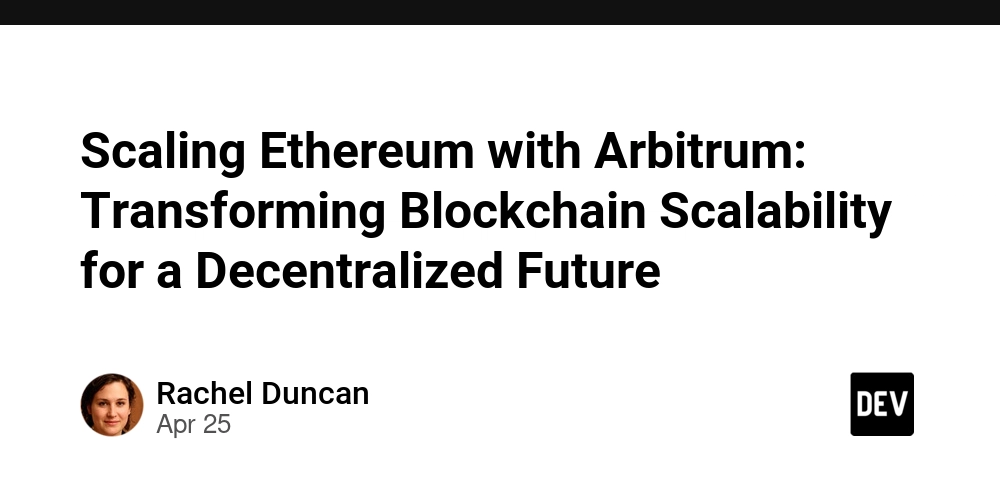
Abstract:
This post explores the transformative role of Arbitrum in scaling Ethereum. We delve into Arbitrum’s background, its core technical concepts—including optimistic rollups, EVM compatibility, and network upgrades—and how these features drive real-world applications from DeFi protocols to NFT marketplaces. We also examine the key challenges, limitations, and future innovations that will shape the evolution of blockchain scalability. With carefully integrated links, tables, and bullet lists, this comprehensive guide provides a technical yet accessible analysis for developers, enterprises, and blockchain enthusiasts alike.
Introduction
As blockchain technology continues to grow, scalability remains one of the most pressing challenges—especially for platforms like Ethereum that power decentralized applications (dApps) and smart contracts. Arbitrum has emerged as one of the most compelling Layer 2 solutions, offering an innovative approach to offloading the transaction burden from the main Ethereum chain while preserving its security. This post will provide an in-depth look at how Arbitrum is transforming blockchain scalability, making decentralized futures more feasible and accessible.
By employing techniques like optimistic rollups, enhanced EVM compatibility, and continuous network upgrades (such as the celebrated Nitro Upgrade), Arbitrum significantly reduces gas fees and improves transaction speeds. Whether you are an enterprise seeking scalable blockchain solutions or an independent developer looking to innovate without high costs, Arbitrum offers a pathway toward a more efficient decentralized ecosystem.
Background and Context
Ethereum has long been celebrated for its pioneering work in smart contracts and dApps. However, its limitations—such as processing roughly 15 transactions per second (TPS)—have spurred the development of several Layer 2 scaling solutions. Among these, Arbitrum stands out due to its unique design and robust infrastructure.
Historical Challenges with Ethereum
Ethereum’s current network congestion and rising gas prices are well-documented challenges. The inherent design of Ethereum, while secure and decentralized, cannot efficiently handle the high transaction volumes demanded by modern dApps and DeFi protocols. As a result, developers and users have turned their attention to scaling solutions, and Arbitrum has rapidly gained traction within this arena.
The Rise of Layer 2 Solutions
Layer 2 solutions are protocols built on top of a blockchain (such as Ethereum) to improve transaction throughput and reduce energy consumption. Arbitrum achieves scalability by moving most transaction processing off-chain. Its optimistic rollup model bundles transactions and only interacts with Ethereum’s mainnet for data availability and dispute resolution. This approach enables thousands of transactions per second while sharply reducing costs.
Ecosystem Context
In the larger blockchain ecosystem, interoperability and seamless data exchange are becoming increasingly important. Arbitrum’s integration with platforms like What is Blockchain? provides developers with a familiar environment. Meanwhile, its ongoing network upgrades keep the system robust and adaptable. As enterprises and decentralized projects continue to explore blockchain applications—from decentralized finance to digital art—Arbitrum’s scalable framework is positioning it as a cornerstone for future developments.
Core Concepts and Features
Arbitrum's design is built on several key technical principles that set it apart from other scaling solutions. In this section, we will delve into these core concepts and illustrate how they contribute to a more efficient and cost-effective blockchain.
1. Optimistic Rollups
Optimistic Rollups are at the heart of Arbitrum’s technology. Their primary function is to bundle multiple transactions off-chain while using the Ethereum mainnet for security and dispute resolution.
How It Works:
- Transaction Aggregation: Multiple transactions are grouped into a single batch.
- Off-Chain Execution: The transactions are executed off-chain, significantly reducing the on-chain computational load.
- On-Chain Commitment: A compressed version of the transaction data is periodically submitted to Ethereum.
- Fraud Proofs: If any validator suspects a fraudulent transaction, the mechanism allows for a challenge that triggers an on-chain dispute resolution.
For more details, read about Arbitrum Rollups.
2. EVM Compatibility
One of Arbitrum’s unique advantages is its EVM (Ethereum Virtual Machine) compatibility. This means developers can deploy existing Ethereum-based dApps on Arbitrum with little or no modifications. The benefits include:
- Ease of Migration: Developers can port their dApps without completely rearchitecting codebases.
- Lower Learning Curve: Familiar Ethereum tools and languages (like Solidity) continue to be used.
- Seamless Integration: Smooth interaction with the Ethereum ecosystem ensures that projects are future-proof.
Learn more about this feature at Arbitrum and EVM Compatibility.
3. Continuous Network Upgrades
Arbitrum’s continuous network improvements—most notably the Nitro Upgrade—ensure that the system scales with increasing demand while maintaining security:
- Enhanced Throughput: The upgrade increases transaction capacity beyond what was previously possible.
- Optimized Data Compression: Larger transaction batches are now more efficiently packaged, reducing gas fees.
- Improved Fraud Proof Mechanisms: Enhanced security features make dispute resolutions more resilient.
- Interoperability Innovations: Smoother transitions for dApps migrating from Ethereum.
Further insights on network improvements can be found at Arbitrum and Network Upgrades.
4. Additional Technical Features
Besides its key innovations, Arbitrum incorporates several other technical benefits designed for modern decentralized applications:
- Parallel Transaction Processing: Reduces bottlenecks by allowing concurrent transaction execution.
- Advanced Fraud Detection: Robust protocols ensure that system integrity is maintained even during disputes.
- Modular Architecture: This facilitates efficient upgrades and fosters a scalable ecosystem.
- Cross-Chain Interoperability: Enhances communication between different blockchain networks, promoting a multi-chain future.
Below is a table summarizing some of these technical features:
| Feature | Description | Benefit |
|---|---|---|
| Optimistic Rollups | Bulk transaction processing off-chain | Lower gas fees, increased TPS |
| EVM Compatibility | Seamless support for Ethereum smart contracts | Easy code migration, broad developer adoption |
| Network Upgrades (Nitro) | Regular updates to enhance throughput and security | Improved performance and system resilience |
| Fraud Proofs | Mechanism to challenge and correct invalid transactions | Maintenance of trust and integrity |
| Cross-Chain Interoperability | Facilitates seamless data exchange between disparate blockchain networks | Future-proof scalability and integration |
5. Financial and Economic Implications
Lower transaction costs and faster processing times are two of the economic advantages of Arbitrum:
- DeFi Yield Farming: Reduced fees mean that protocols can manage liquidity more efficiently.
- NFT Marketplaces: Artists and collectors experience smoother minting and trading.
- Gaming: With nearly instantaneous transactions, blockchain gaming becomes more viable.
Bullet List of Financial Benefits:
- Lower Gas Fees: Improved cost efficiency for both users and developers.
- Faster Confirmation Times: Enhanced user experience during high traffic.
- Increased Throughput: Ability to process thousands of transactions per second.
- Improved Interoperability: Seamless integration with Ethereum and other blockchains.
Applications and Use Cases
Arbitrum’s scalability has paved the way for innovative applications across multiple sectors. Here are a few concrete examples that illustrate its widespread adoption:
Decentralized Finance (DeFi)
In the DeFi ecosystem, speed and cost-effectiveness are vital. Arbitrum delivers on both fronts:
- Yield Farming Platforms: Platforms that aggregate liquidity benefit from reduced transaction fees and decreased on-chain congestion.
- Lending and Borrowing: With near-instantaneous transactions, loan origination and repayment cycles are more efficient.
- Trading Platforms: Fast transaction times during volatile market periods minimize slippage, making trading more secure and reliable.
For additional insights on the economic impact, visit Arbitrum and DeFi Yield.
NFT Marketplaces and Digital Art
The NFT sector, characterized by frequent and microtransactions, has seen tremendous benefits:
- NFT Minting and Trading: Lower gas fees encourage more artists and collectors to engage in digital art creation and trading.
- Digital Collectibles: Faster trading improves user experience on marketplaces during high-demand drops.
- Blockchain Gaming: Quick transaction speeds are critical in gaming, where real-time asset exchanges are essential.
Enterprise and Institutional Adoption
Beyond the consumer space, institutions are also exploring blockchain applications that require secure and fast transactions:
- Supply Chain Management: Leveraging Arbitrum enhances transparency and streamlines the tracking of goods.
- Institutional Finance: Banks and financial institutions can enjoy faster settlement times, reducing operational costs.
- Enterprise dApps: Companies developing enterprise-grade decentralized applications benefit from both scalability and security.
Additional Industry Applications
Other sectors, including digital identity, insurance, and even carbon credit trading, find value in a scalable and efficient blockchain infrastructure. The expansive nature of Arbitrum facilitates:
- Inter-Organizational Data Sharing: Secure and rapid cross-chain interoperability.
- Innovative Business Models: New revenue streams driven by frictionless microtransactions.
For further commentary on cross-chain interoperability, check out Arbitrum and Blockchain Interoperability.
Challenges and Limitations
Despite the compelling benefits of Arbitrum, several challenges remain that need to be addressed for sustained growth and mass adoption.
Technical and Security Concerns
Dispute Resolution Overheads:
Although optimistic rollups enhance scalability, the reliance on fraud proofs may sometimes lead to delays during disputes. This can affect user experience during periods of heavy network congestion.Cross-Layer Communication:
Ensuring seamless communication between Ethereum (Layer 1) and Arbitrum (Layer 2) is an ongoing technical challenge that demands continuous improvements.Validator Decentralization:
Maintaining a decentralized network of validators is critical. A concentration of power among validators may lead to potential vulnerabilities and impact system integrity.
Adoption and Ecosystem Growth Challenges
Developer Onboarding:
Even with EVM compatibility, some developers may face a learning curve when migrating existing applications. Comprehensive documentation and community support are necessary to overcome this hurdle.Market Competition:
With multiple scaling solutions (such as Optimism and Polygon) competing in the market, it remains a challenge for Arbitrum to maintain a clear value proposition.User Trust:
Users need assurance that off-chain processing does not compromise security. Continuous audits and transparent governance are essential to maintain confidence.
Regulatory and Infrastructural Limitations
Regulatory Uncertainty:
The evolving landscape of blockchain regulation introduces challenges, especially for DeFi and other sensitive financial services.Infrastructure Trade-Offs:
The shift of computational load off-chain must be constantly rebalanced to avoid potential bottlenecks or security risks during peak usage.
Future Outlook and Innovations
Looking ahead, the scalability and adaptability of Arbitrum present an optimistic future for blockchain technology.
Continued Upgrades and Enhanced Interoperability
Further Rollup Optimization:
Future innovations may incorporate even better data compression and faster dispute resolution, driving quicker confirmation times.Advanced Cross-Chain Bridges:
These bridges will promote seamless communication not only between Layer 1 and Layer 2 but also among different blockchain networks, fostering a truly interconnected ecosystem.Integration of Zero-Knowledge Proofs:
Adding privacy-enhancing technologies like zero-knowledge proofs (ZKPs) could further secure transactions without sacrificing speed, enhancing user trust.
Market and Enterprise Expansion
Wider DeFi Adoption:
As regulatory clarity improves, DeFi protocols will continue to expand on Arbitrum, increasing network resiliency.NFT Innovations:
The digital art and collectibles market will benefit from lower fees and rapid processing, enabling new creative models and fractional ownership models.Institutional Solutions:
Enterprises looking to integrate blockchain for supply chain, insurance, and digital identity management will drive further growth. The synergy between Ethereum 2.0 and Arbitrum’s scaling model may also lead to novel hybrid governance models that blend on-chain and off-chain decision-making.
For a broader perspective on community governance and institutional adoption, check out this insightful post on Arbitrum and Community Governance as well as Arbitrum and Gaming: A New Frontier.
Summary
In summary, Arbitrum presents a significant leap forward in addressing Ethereum’s scalability challenges. By leveraging optimistic rollups, maintaining EVM compatibility, and executing continuous network upgrades, Arbitrum not only reduces transaction costs but also improves throughput and enhances the overall user experience. Whether it is transforming decentralized finance, powering NFT marketplaces, or facilitating rapid enterprise adoption, Arbitrum is paving the way for a more scalable and decentralized future.
Key points include:
- Optimistic Rollups: Enhance scalability by bundling transactions off-chain with minimal on-chain interaction.
- EVM Compatibility: Enables seamless adoption of existing Ethereum dApps onto a faster, cheaper platform.
- Continuous Network Upgrades: With advancements like the Nitro Upgrade, Arbitrum stays ahead of performance and security challenges.
- Real-World Applications: From DeFi yield farming and NFT trading to enterprise data management, Arbitrum’s benefits are broad and impactful.
- Challenges to Address: Developers and enterprises must navigate dispute resolution overheads, cross-layer communication, and regulatory uncertainties.
As the blockchain landscape evolves, the interplay between Ethereum 2.0 and Arbitrum’s innovative layering mechanisms promises a robust, scalable ecosystem that can support millions of users worldwide.
For more detailed insights and an expanded technical discussion, revisit the Original Article on Scaling Ethereum with Arbitrum and explore related topics on platforms such as Arbitrum and EVM Compatibility.
Additional Resources and Further Reading
- Arbitrum Mainnet
- Arbitrum Rollups
- What is Blockchain?
- Arbitrum and DeFi Yield
- Arbitrum and Network Upgrades
For additional perspectives on open-source funding and innovative blockchain projects, check out these posts on Dev.to:
- Arbitrum and Community Governance: Pioneering Decentralized Decision Making
- Embracing the Future: Arbitrum's Role in Institutional Blockchain Adoption
By addressing scalability without sacrificing security or decentralization, Arbitrum is not just a technical improvement—it’s a revolution in how blockchain networks operate. As we continue to witness new technological breakthroughs, Arbitrum stands ready to play a central role in ushering in the next generation of decentralized innovation.































































































































































![[The AI Show Episode 143]: ChatGPT Revenue Surge, New AGI Timelines, Amazon’s AI Agent, Claude for Education, Model Context Protocol & LLMs Pass the Turing Test](https://www.marketingaiinstitute.com/hubfs/ep%20143%20cover.png)












































































































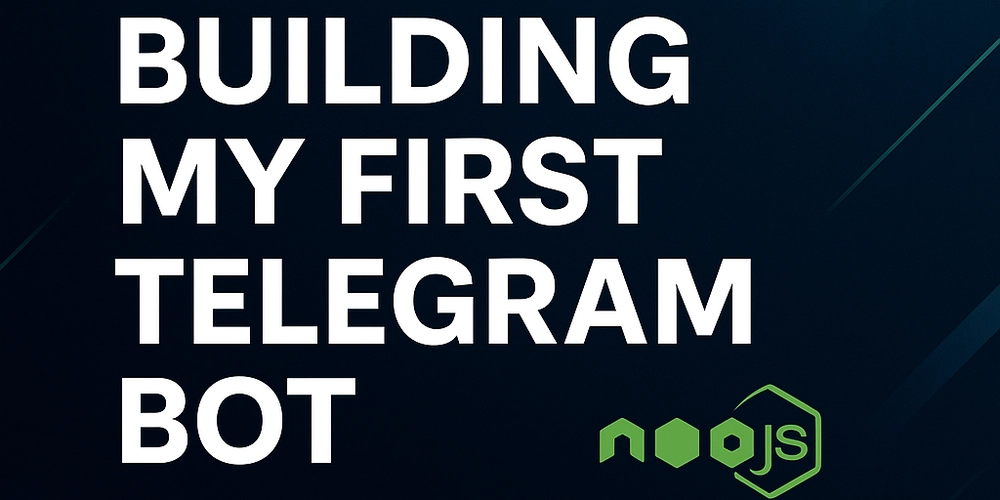

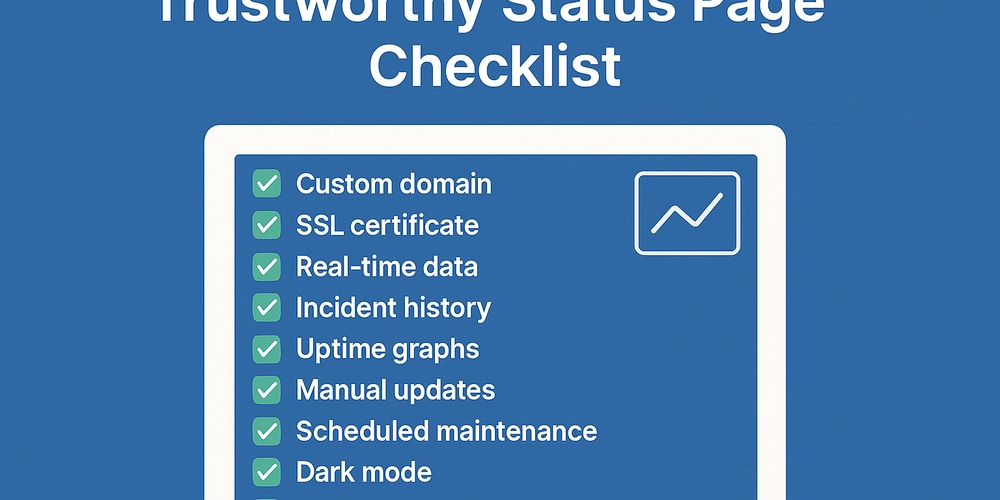











![[FREE EBOOKS] AI and Business Rule Engines for Excel Power Users, Machine Learning Hero & Four More Best Selling Titles](https://www.javacodegeeks.com/wp-content/uploads/2012/12/jcg-logo.jpg)











































































































































































































































![Hostinger Horizons lets you effortlessly turn ideas into web apps without coding [10% off]](https://i0.wp.com/9to5mac.com/wp-content/uploads/sites/6/2025/04/IMG_1551.png?resize=1200%2C628&quality=82&strip=all&ssl=1)



![This new Google TV streaming dongle looks just like a Chromecast [Gallery]](https://i0.wp.com/9to5google.com/wp-content/uploads/sites/4/2025/04/thomson-cast-150-google-tv-1.jpg?resize=1200%2C628&quality=82&strip=all&ssl=1)












![Apple Drops New Immersive Adventure Episode for Vision Pro: 'Hill Climb' [Video]](https://www.iclarified.com/images/news/97133/97133/97133-640.jpg)

![Most iPhones Sold in the U.S. Will Be Made in India by 2026 [Report]](https://www.iclarified.com/images/news/97130/97130/97130-640.jpg)

































































































































